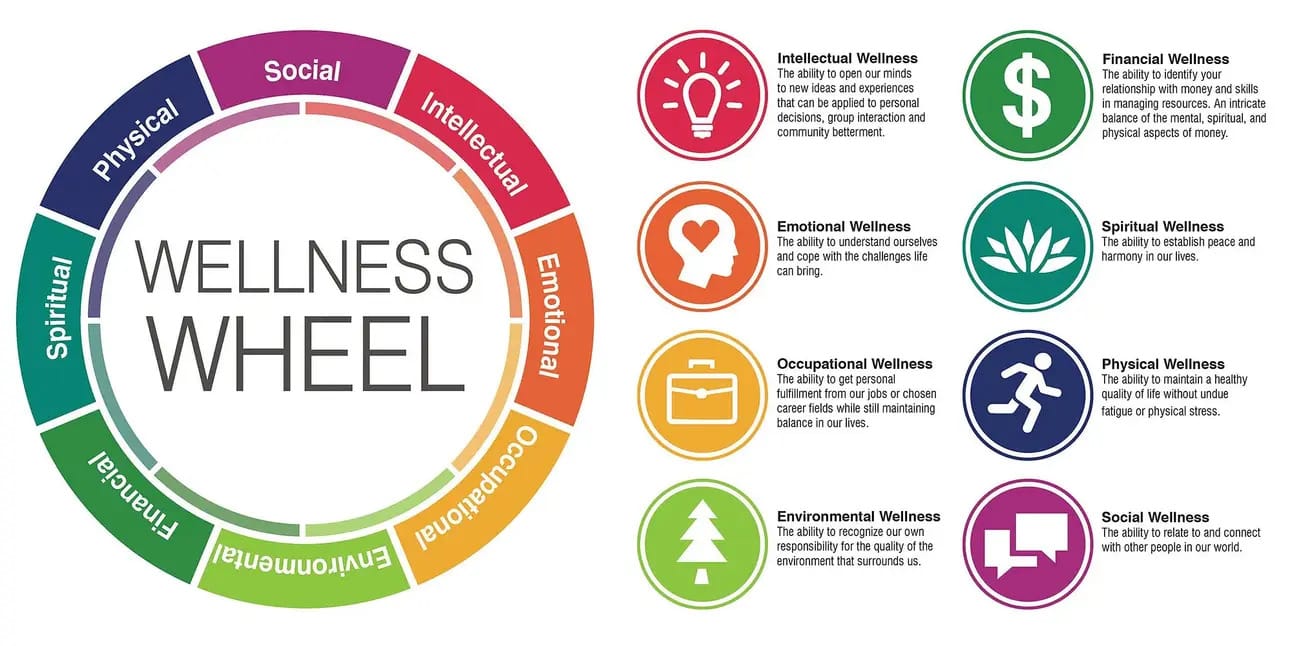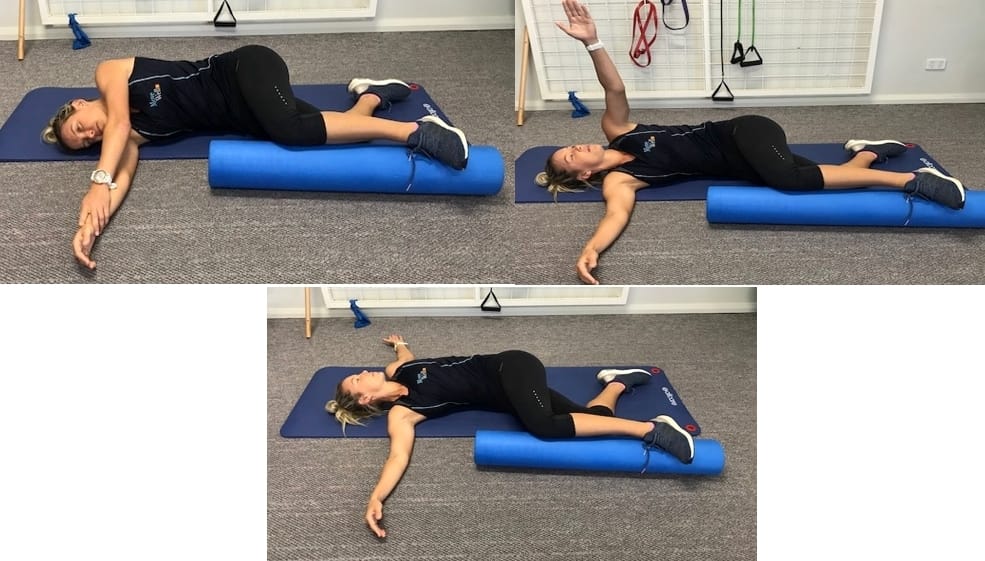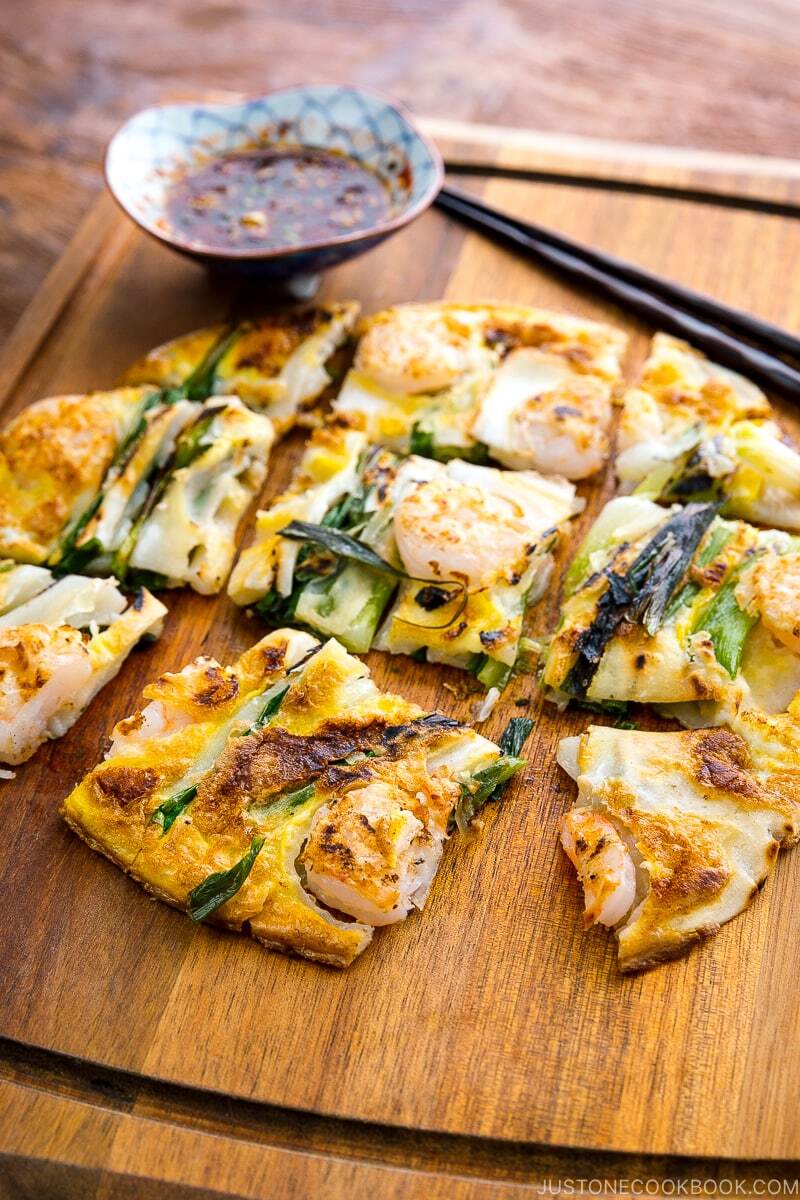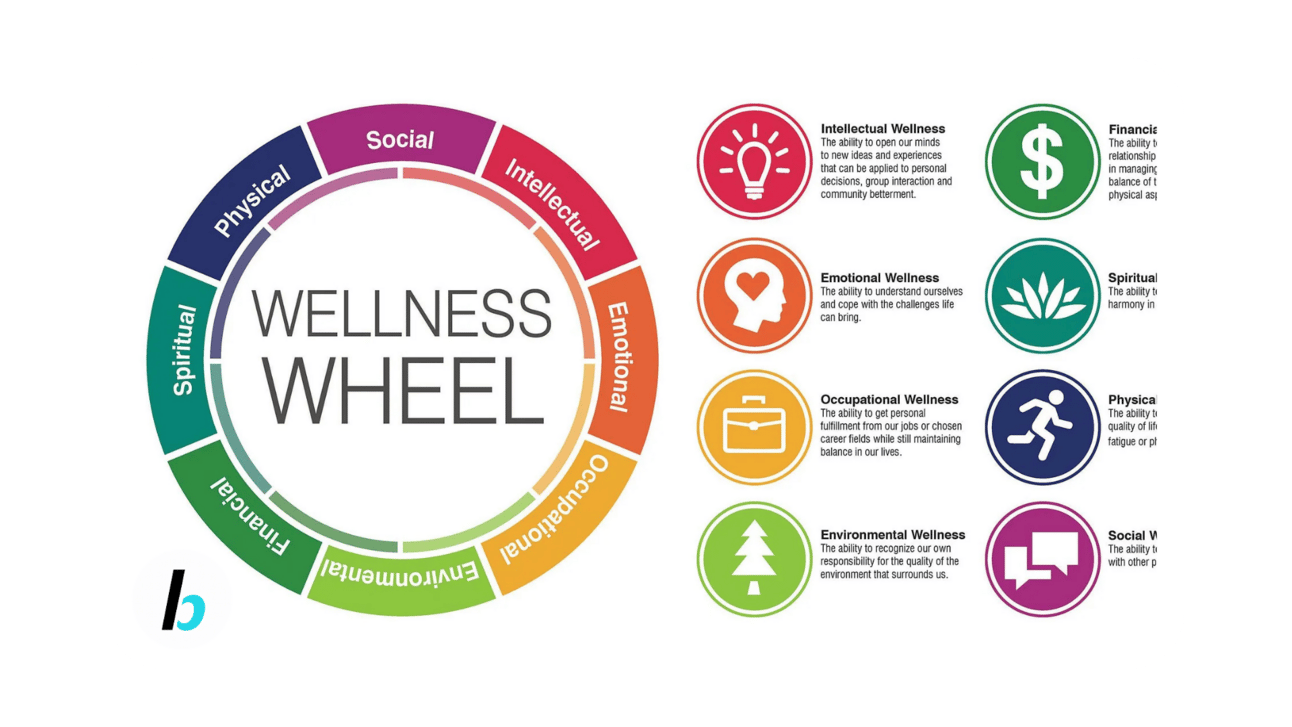Hey fitness nerds!
Thank you all {{active_subscriber_count}} of you!
In our final instalment of the holistic wellness series, we're diving into the advanced strategies that tie everything together.
These often-overlooked elements might be the missing piece in your wellness journey that transforms good results into extraordinary ones.
Read 🔽 below!
🌟
<img src='https://www.vpdae.com/open/125734a0.gif?opens=1' width='1' height='1'>IN LESS THAN 10 MINUTES WE WILL COVER:
Weekly Insights:
What is Holistic Wellness? Integrating Mind, Body & Nutrition Part 3 of 3
Article Explained Simple: Cortisol and Stress - How It Impacts Your Body
Top 3 Mobility Moves to Prevent Injury
Healthy Korean Pancake Recipe
What is Holistic Wellness? Integrating Mind, Body & Nutrition Part 3 of 3

In Parts 1 and 2, we explored the foundations of holistic wellness and practical implementation strategies. Now we complete our journey by examining advanced concepts that optimise your entire system and create personalised approaches for sustainable results.
Circadian rhythm optimisation represents one of the most powerful yet underutilised tools in holistic wellness. This internal biological clock influences nearly every system in your body, from hormone production to digestive function to cognitive performance.
Research shows that aligning your activities with your natural circadian rhythm can improve metabolic health, enhance recovery, and optimise workout performance. This goes beyond just sleeping well.
Exposure to natural sunlight within 30 minutes of waking has been shown to increase energy levels throughout the day and improve sleep quality the following night. This simple practice regulates cortisol and melatonin production, creating cascading benefits across all body systems.
Timing your workouts according to your circadian biology can increase performance by up to 26% compared to exercising at non-optimal times. For most people, strength peaks in the late afternoon, while cardiovascular efficiency is highest in the mid-morning.
Environmental factors play a crucial role in holistic wellness that many people overlook. The quality of your indoor air, exposure to natural environments, and even the electromagnetic fields around you influence health at a cellular level.
Indoor air pollution often exceeds outdoor levels by 2-5 times, affecting respiratory function, sleep quality, and recovery. Simple interventions like air purifiers, houseplants, and regular ventilation can significantly improve this often-ignored aspect of health.
Exposure to natural environments, even for short periods, has been shown to reduce cortisol, lower blood pressure, and improve immune function. A practice called "forest bathing" involves spending mindful time in wooded areas and has been demonstrated to increase natural killer cell activity by up to 50% for up to 7 days following exposure.
The social dimension of wellness cannot be overstated in a truly holistic approach. Humans are inherently social creatures, and our connections with others profoundly impact our physical health in ways science is just beginning to understand.
Studies show that strong social connections can reduce all-cause mortality risk by up to 50%, making social wellness as important as not smoking or maintaining a healthy weight. The mechanisms include reduced chronic stress, improved immune function, and better regulation of inflammatory responses.
Group exercise has been shown to increase endorphin production by up to 26% compared to solo workouts of the same intensity. These "group flow" states create neurochemical changes that enhance motivation, reduce perceived exertion, and improve adherence to fitness routines.
Personalization is the future of holistic wellness. While general principles apply to everyone, the specific implementation should be tailored to your unique biology, psychology, and circumstances.
Genetic factors influence how you respond to different types of exercise, your nutrient requirements, and even your optimal sleep duration. Understanding your genetic predispositions can help you create a wellness approach that works with your biology rather than against it.
Metabolic typing provides another layer of personalization. Some individuals thrive on higher carbohydrate intakes, while others function better with more protein and fat. Testing methods like continuous glucose monitoring can reveal your unique metabolic responses to different foods and meal timings.
Psychological factors also require personalization. Introverts and extroverts respond differently to group versus solo activities. Some people are motivated by data tracking, while others find it stressful. Personality typing systems like Myers-Briggs or the Big Five can provide insights into your natural tendencies and help you design approaches that feel energizing rather than depleting.
Integration of traditional wisdom with modern science represents another advanced aspect of holistic wellness. Ancient practices like Traditional Chinese Medicine, Ayurveda, and indigenous healing traditions often contain wisdom that modern research is only beginning to validate.
For example, the Ayurvedic concept of different body types (doshas) aligns with emerging research on metabolic typing and genetic variations in nutritional needs. Traditional seasonal eating patterns match what we now understand about the benefits of food diversity for gut microbiome health.
Adaptogens, herbs used for centuries to help the body resist various stressors, are now being studied for their effects on hormonal regulation, immune function, and recovery. Compounds like ashwagandha have shown impressive results in reducing cortisol and supporting thyroid function in clinical trials.
Creating sustainable systems rather than relying on willpower is perhaps the most important advanced concept in holistic wellness. The most perfectly designed approach is worthless if you cannot maintain it long-term.
Environmental design, habit stacking, and identity-based habit formation represent powerful strategies for making wellness practices automatic rather than effortful. These approaches recognize that humans are primarily creatures of context and habit, not creatures of constant conscious choice.
For example, having workout clothes laid out the night before and placing them directly in your path in the morning can increase exercise adherence by over 30%. This simple environmental cue removes friction from the desired behavior.
Monitoring and measuring your holistic health requires more sophisticated approaches than traditional fitness tracking. Advanced metrics like heart rate variability, sleep architecture analysis, and comprehensive blood biomarkers provide deeper insights into your overall system function.
Wearable technology now allows continuous monitoring of metrics that were once available only in laboratories. These data points can reveal patterns and connections between different aspects of your lifestyle that would otherwise remain invisible.
The key is using these measurements as information rather than judgment. The goal is understanding your body's signals and responses, not creating another source of stress or comparison.
As we conclude this series, remember that holistic wellness is not about perfection but integration. The goal is creating harmony between mind, body, and nutrition that supports your unique life purpose and brings you joy. True wellness should feel liberating, not restrictive, expanding your capacity to experience life fully rather than diminishing it.
In the end, the most advanced holistic wellness practice might be the simplest: regular check-ins with yourself about how your current approach is serving your overall wellbeing.
Know what's up down there

If you’ve struggled with yeast infections, BV, or UTIs, typical tests might miss the full picture. Evvy’s at-home vaginal microbiome test uses advanced sequencing to uncover the imbalances behind your symptoms—then delivers personalized care that actually works. Get $10 off with code 10OFF.

Fitness and health enthusiasts - We have a lot of things in store for you!
Check out busybody.io - and join the waitlist for our brand-new AI health app.
Article of the Week
Article Explained Simple: Cortisol and Stress - How It Impacts Your Body
During acute stress, cortisol provides valuable survival benefits by mobilizing energy reserves, increasing focus, and temporarily boosting immune function.
However, when stress becomes chronic, persistently high cortisol levels cause systemic damage. The hormone that once helped you survive begins to break down your body's systems (can read more about it here).
Chronically elevated cortisol disrupts sleep patterns by altering your circadian rhythm, making it difficult to fall asleep and reducing time spent in restorative deep sleep.
High cortisol levels promote abdominal fat storage specifically, which is metabolically active and releases inflammatory compounds, creating a dangerous cycle of inflammation and further cortisol release.
The study found that chronic stress impairs cognitive function, particularly memory formation and recall, by actually shrinking the hippocampus, the brain region responsible for learning and memory.
Fascinating Fact:
Your body produces three different forms of cortisol throughout the day, each with slightly different functions. Free cortisol circulates in your bloodstream and is most active during the morning hours to help you wake up and feel energised. Bound cortisol attaches to proteins and serves as a reservoir. Metabolised cortisol represents what's already been used and is being cleared from your system.
We have also started a referral program where you can earn prizes for referring your friends to this newsletter.
What other topics do you want me to write about?
Top 3 Mobility Moves to Prevent Injury
These three mobility exercises address the most common movement restrictions that lead to injuries in active adults:

Thoracic spine rotation
Sit sideways in a chair with your feet flat on the floor and place your hands behind your head with elbows pointing outward.Keeping your hips stable, rotate your upper body toward the back of the chair as far as comfortable, using the chair as a gentle support.
Hold for 2-3 seconds at the end range, then return to centre and repeat on the other side.
Perform 5-8 rotations per side, focusing on moving from the middle back rather than the lower back or neck.
This movement improves shoulder function, reduces neck tension, and prevents compensations that lead to lower back injuries.
Hip 90/90 stretch
Sit on the floor with one leg bent at 90 degrees in front of you and the other leg bent at 90 degrees to your side.Keep both sit bones on the ground and your spine tall.
Gently lean forward over the front leg until you feel a stretch in the hip, hold for 20-30 seconds while breathing deeply.
Switch the position of your legs and repeat on the other side.
This position addresses hip mobility in multiple planes simultaneously, crucial for preventing knee and lower back issues during squats and everyday movements.
Controlled articular rotations for the shoulders
Stand with feet shoulder-width apart and extend one arm straight out to the side.Slowly make small circles with your arm, gradually increasing the size of the circles while maintaining control.
Perform 5 circles forward, then 5 circles backwards, focusing on smooth movement through the full range of motion.
Repeat with the other arm.
This exercise improves shoulder joint health by lubricating the joint with synovial fluid and strengthening the rotator cuff muscles in various positions.
Healthy Korean Pancake Recipe (makes 4 servings)
These savoury Korean pancakes, known as Pajeon, pack a protein punch while delivering amazing flavour.
They make a perfect post-workout meal or impressive dinner option that comes together in minutes.
This recipe was created in 2 minutes with the BusyBody App. Click the button for free access to the app.

Macros per serving
Total Calories: 290 kcal
Protein: 20 g
Carbohydrates: 28 g
Sugars: 3 g
Fat: 12 g
The Ingredients
For the pancakes:
1 cup all-purpose flour (can substitute half with chickpea flour for extra protein)
2 tablespoons cornstarch
1/2 teaspoon salt
1 cup cold water
2 large eggs
1 cup cooked shredded chicken breast (about 6 oz)
4 green onions, sliced lengthwise and cut into
2-inch pieces
1 medium carrot, julienned
1 small zucchini, julienned
1 cup bean sprouts
2 tablespoons avocado or olive oil for cooking
For the dipping sauce:
3 tablespoons low-sodium soy sauce
1 tablespoon rice vinegar
1 teaspoon sesame oil
1 clove garlic, minced
1 teaspoon sesame seeds
1 green onion, finely chopped
Instructions
In a large bowl, whisk together the flour, cornstarch, and salt.
Add the cold water and eggs, whisking until smooth with no lumps.
Stir in the shredded chicken, green onions, carrot, zucchini, and bean sprouts.
Heat 1/2 tablespoon oil in a large non-stick skillet over medium heat.
Pour about 1/4 of the batter into the pan, spreading it to form a pancake about 6 inches in diameter.
Cook for 3-4 minutes until the bottom is golden brown and crisp.
Flip carefully and cook for another 3-4 minutes until the other side is also golden and the vegetables are cooked through.
Transfer to a plate and repeat with the remaining batter, adding more oil as needed.
For the dipping sauce, combine all sauce ingredients in a small bowl and mix well.
Cut the pancakes into quarters and serve hot with the dipping sauce.
Make your dream of working online a reality and start a newsletter - join beehiiv for free and don’t pay any renewal fees until you grow your subscriber base >2500 subscribers.
I’ve personally tried plenty of other platforms, and Beehiiv is hands down the best and easiest to use.

